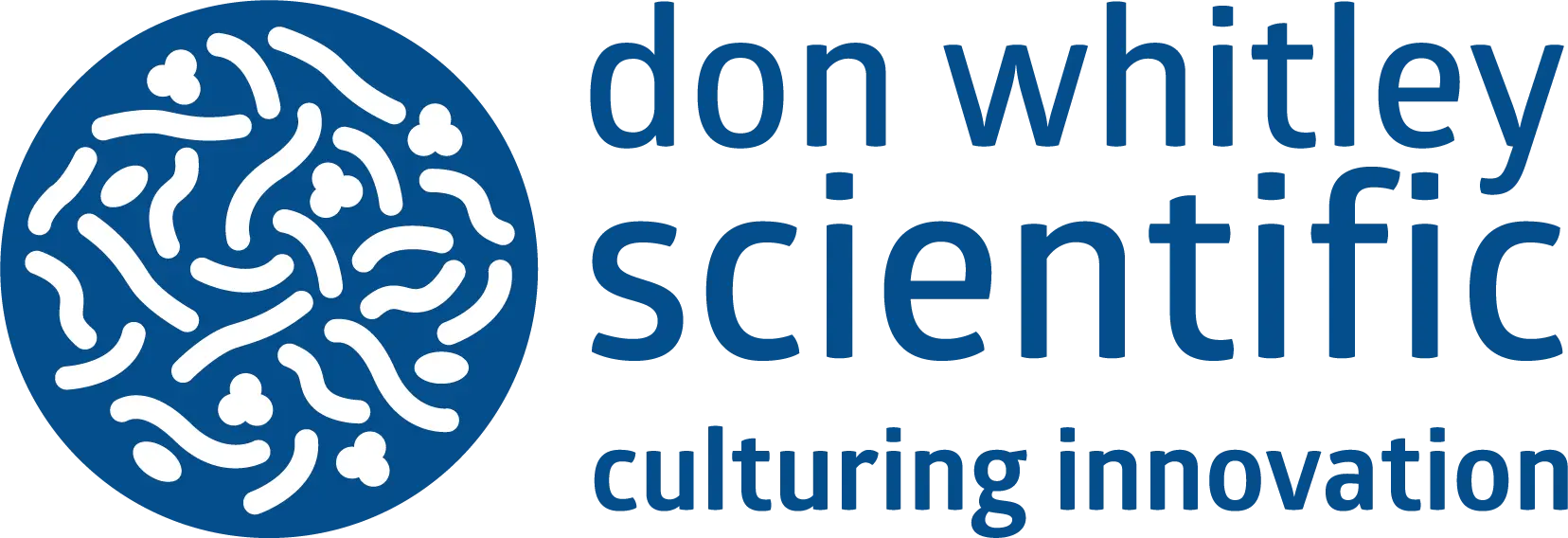
Don Whitley Scientific (DWS) recently attended the University of Bradford's graduation ceremony, celebrating those who have just completed the BSc(Hons) Biomedical Science degree.
DWS has a long-standing tradition of sponsoring a prize for the student with the top marks in the Microbiology module of this degree course. Our founder, Don Whitley, felt passionate about our relationship with the University and initiated the prize more than 30 years ago. We have also recruited several of its Biomedical Science graduates over the years, including our Head of Science, Andrew Pridmore, who won the prize back in 1991 and now has the honour of presenting it to a new graduate each year.
This year’s prize was won by Amir Kahn, who has worked tremendously hard to achieve top marks and commented the following:
"Thank you for this award I would like to express my gratitude firstly to Don Whitley Scientific for this award it’s truly humbling and a great honour coming from a company which is known for making ground breaking advancements in microbiology and scientific research. Therefore, winning this award gives me more motivation to further pursue bettering people’s lives in healthcare as I saw first hand how the study of microbiology and microorganisms can decrease infections and disease.
I would also like to thank my university and lecturers such as Dr Waby and Dr Scimone and others who have made university an learning more enjoyable and promoted scientific and critical thinking.
And finally, I would like to thank God, my family and friends, who have provided me constant encouragement. Thank you."
Project background and outcomes from Supervisor: Dr Antony Scimone
"Amir's project explored how variations in artificial urine composition affect biofilm formation by uropathogenic Escherichia coli. Using clinical isolates obtained from a local hospital, Amir developed several physiologically relevant artificial urine models representing healthy, dehydrated, diabetic, and kidney-damaged states. To simulate catheter insertion and inflammation, concentrations of fibrinogen were also varied. Biofilm formation was assessed on both silicone and latex catheter materials.
Biofilm biomass was quantified using crystal violet assays, while material coverage and bacterial adhesion were examined via acridine orange fluorescence microscopy. Structural analysis of the biofilms was conducted using scanning electron microscopy.
Key findings from the study include:
- Latex catheters supported significantly higher levels of biofilm formation compared to silicone, with a 75.7% greater biomass on average.
- The presence of fibrinogen notably increased biofilm formation. Latex catheters exhibited a 60.6% increase, while silicone catheters showed a 40.8% rise compared to conditions without fibrinogen.
- More concentrated urine promoted greater biofilm development, but interestingly low concentrations also promoted biofilm formation, plausibly due to a stress response due to osmotic pressure.
- The presence of glucose and proteins, simulating diabetic or kidney-compromised urine, was identified as the most influential factor driving biofilm growth across all conditions.
These findings contribute valuable insights into how physiological and pathological urine compositions influence the risk of catheter-associated urinary tract infections, with implications for both clinical catheter design and infection prevention strategies.
The project was well suited to Amir, who from day one drove the study with curiosity and professionalism. He maintained excellent laboratory notes, took all necessary steps in the statistical analysis of his work, and even wrote up the study as an abstract for a conference. His work in this study is also valuable as pilot data for a larger project investigating the intracellular part of UPEC’s lifecycle."
We look forward to following Amir's journey into healthcare and wish him all the best for the future.


 au
au


 English
English